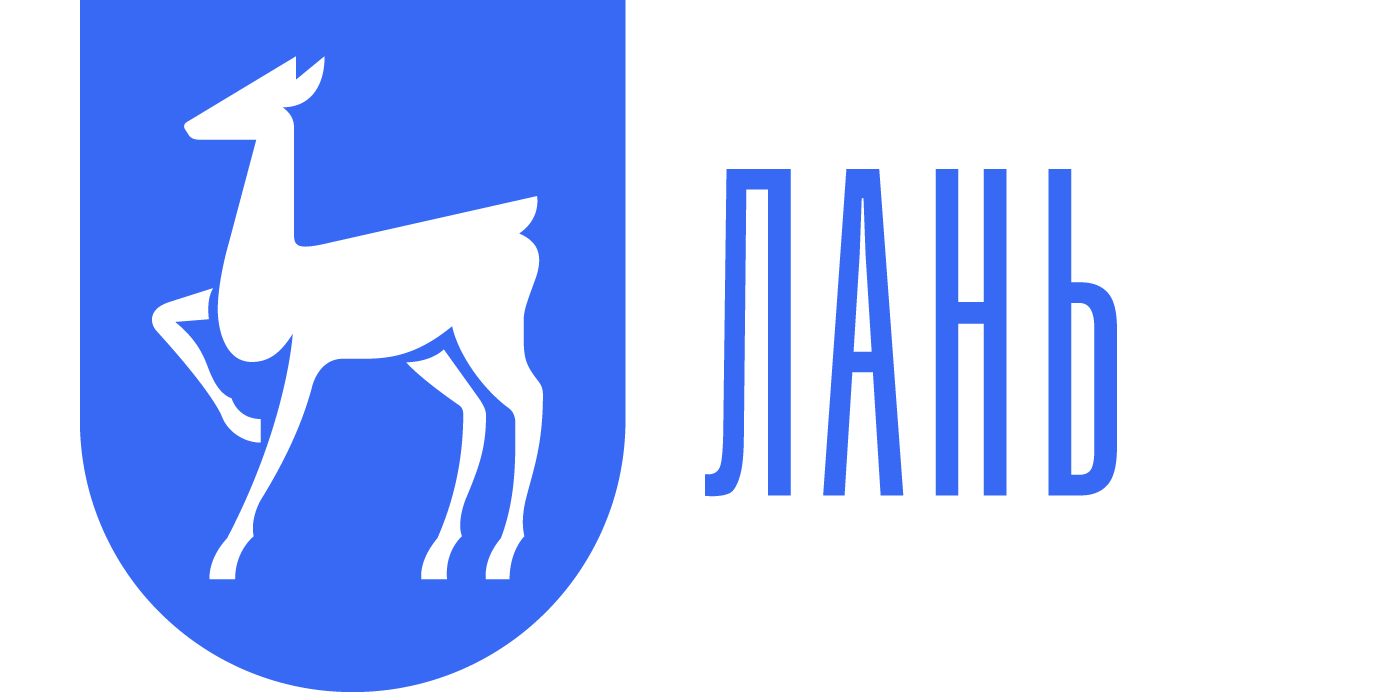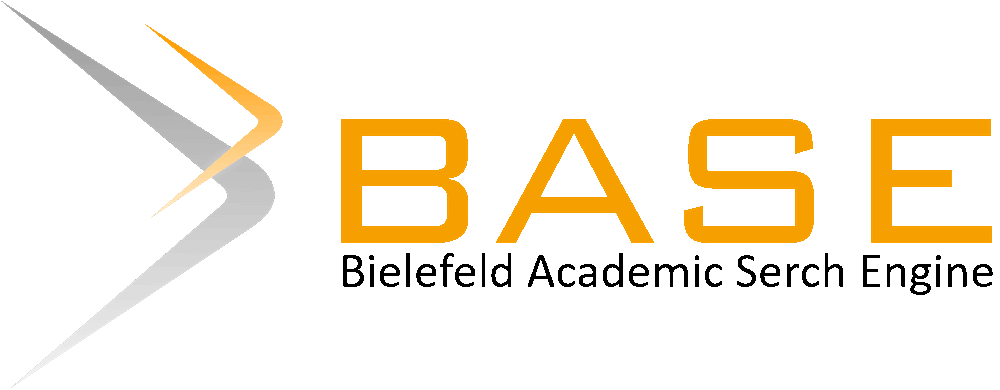THEORETICAL BASES OF FORMATION THE IMAGE OF COUNTRY IN THE CONTEXT OF CLUSTER APPROACH
Keywords:
country image, territory image, tourism cluster, cluster structure, tourismAbstract
The article discusses the relationship of tourism clusters and the image of the country, the characteristics, types and stages of clusters development, identified the problems facing the formation of the cluster structure, the methodology of formation of the country's image and the criteria that it must be. The country's image is a key category that determines how the local population, business representatives
and tourists will evaluate the region, what is memorable in it, what key characteristics prevail, what associations arise when talking about it. Accordingly, in order to attract investments, expand the geography of attracted tourists, create a positive image and perception of the territory, a gradual, consistent and competent image management process is necessary. The image of the country consists of the idea of geographical, ethnolinguistic, cultural, historical, religious and economic components. Based on the availability of these components, it is necessary to identify areas that are potentially attractive for the development of tourism activities. The tourism cluster determines a set of the following
objects necessary for the development of tourism and providing quality services to tourists: accommodation, food, tourist display, tourist enterprises, museums and sports infrastructure, transport enterprises, government agencies, etc. The concentration of the above components in a certain area provides favorable conditions for the formation of a cluster and the creation of a favorable image of the territory.
References
2. Маркетинг мест : привлечение инвестиций, предприятий, жителей и туристов в горо-да, коммуны, регионы и страны Европы / Филип Котлер [и др.]; [пер. с англ.: М. Аккая, В. Мишучков]. – Санкт–Петербург : Стокгольмская шк. экономики в Санкт–Петербурге, 2005 (Отпеч. В Финляндии). –
376 с.
3. Ресурсы массовой коммуникации в формировании страновых имиджей / Белорусский государственный университет; [И. В. Сидорская и др.]; под ред. И. В. Сидорской. – Минск : БГУ, 2016. – 189 с.
4. Портер, М. Конкуренция: [пер. с англ.] / М. Портер. – М. : Вильямс, 2006. – 608 с.
5. Котлер Ф. Основы маркетинга : пер. с англ. / Ф. Котлер. – М: «Ростинтер», 1996. – 704 с.
References
1. Vertinskaya T.S., Kletsunova V.A. Metodologia sozdaniya regionalnux tyristicheskich klasterov v Belarusi [Methodology of creating regional tourist
clusters in Belarus]. Minsk, BOO “Otdukh v derevne” [BPA “Holiday in countryside”], 2014, 52 p.
2. Kotler F., Asplund C., Rein I. Marketing mest: privlechenie investitsuy, predpriyatiy, zhuteley, turistov v goroda, kommynu, regionu i stranu Evropu [Marketing places. Attraction of investments, enterprises, residents and tourists to cities and countries of Europe]. St. Petersburg, Stockholm shl. Economy in St. Petersburg, 2005. 376 p. (In Russian).
3. Resursu massovoy kommunikatcii v formirovanii stranovux imidgey [Resources of mass communication in the formation of country images]. Ed. Sidorska I.V. Minsk, Belorussian State University, 2016, 189 p. (In Russian)
4. Porter M. Konkyrentciya [Competition]: [trans. From English]. Moskow, Williams, 2006, 608 p.
5. Kotler F. Osnowu marketinga [Basics of marketing]: [Trans. from English]. Moskow,“Rosinter”, 1996, 704 p.






